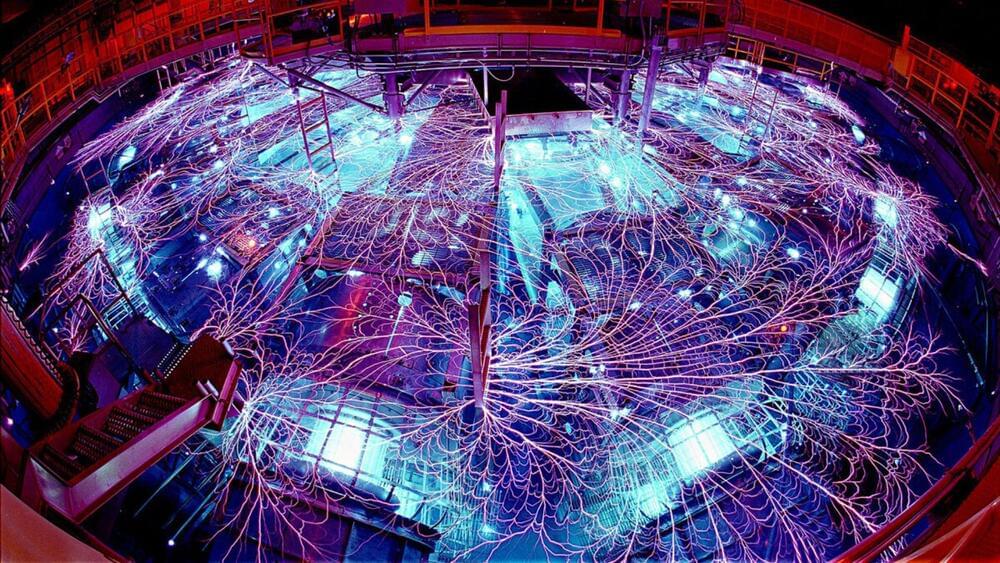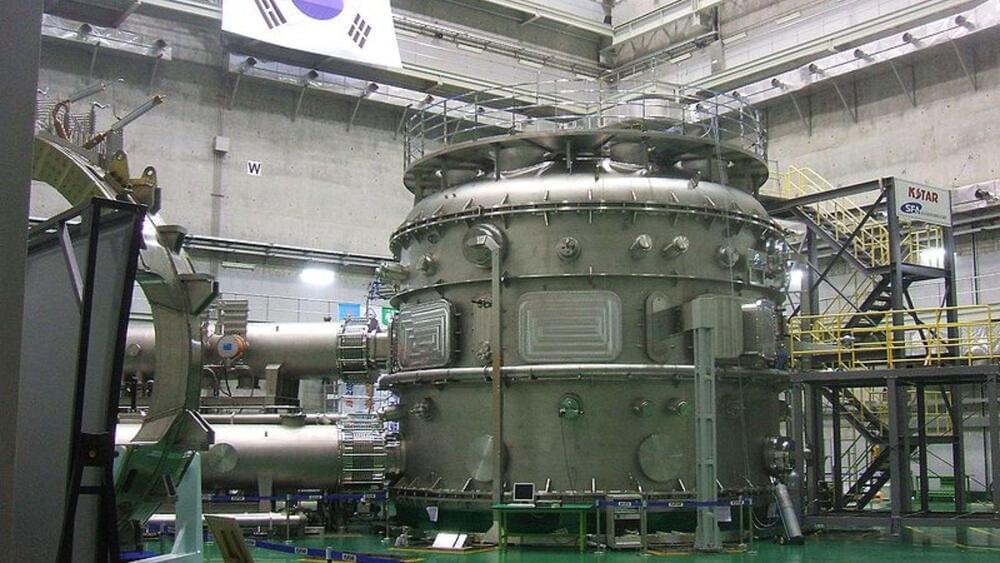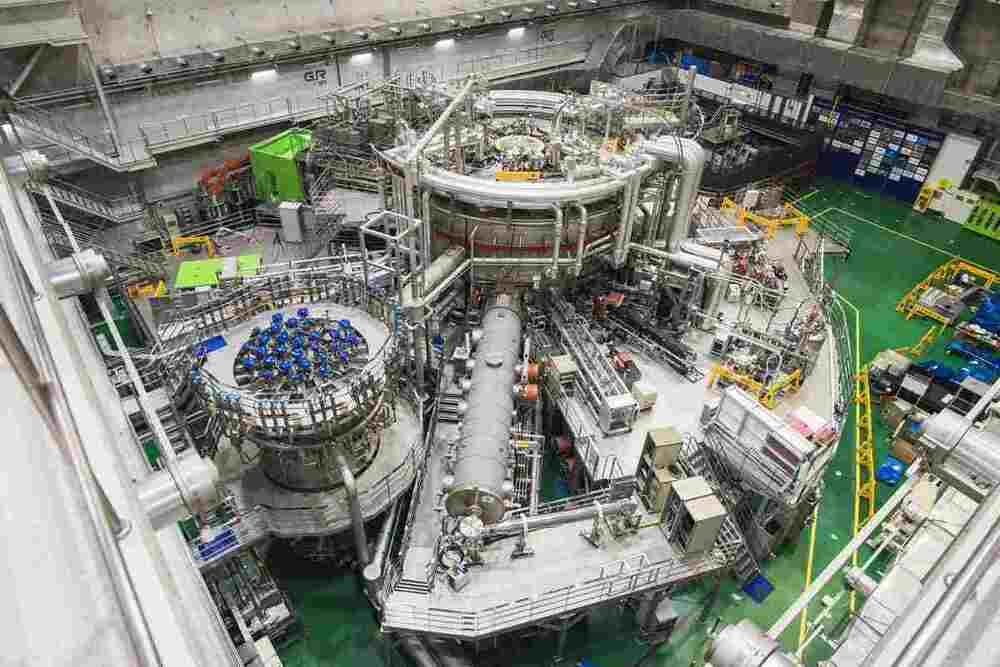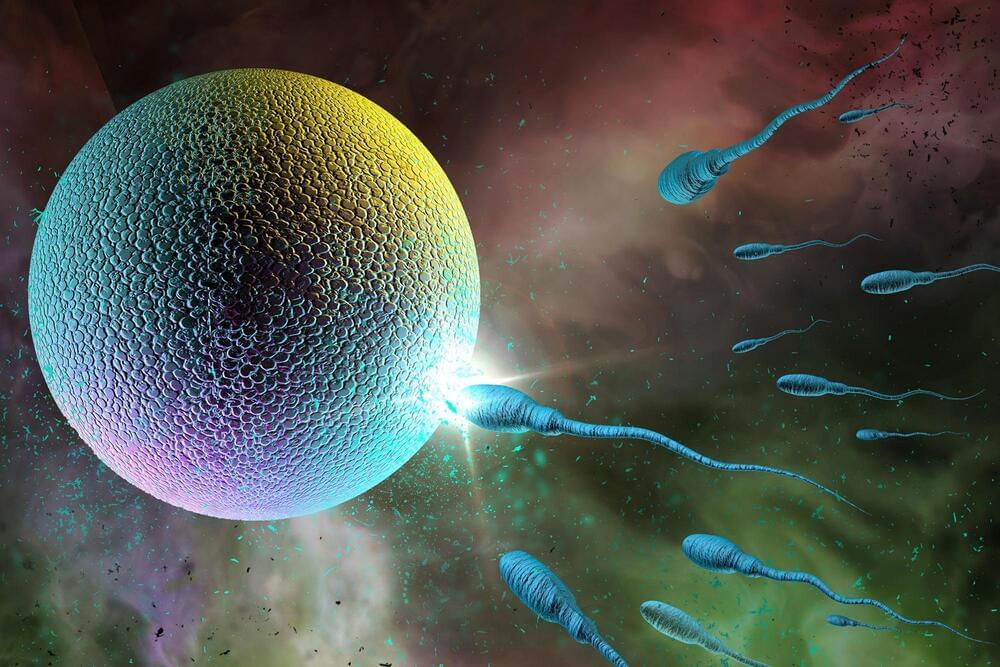According to research from the Center for Genomic Regulation (CRG) published in the journal Nature, immature human egg cells bypass a critical metabolic process believed to be necessary for producing energy.
The cells modify their metabolism to stop producing reactive oxygen species, dangerous molecules that can accumulate, damage DNA
DNA, or deoxyribonucleic acid, is a molecule composed of two long strands of nucleotides that coil around each other to form a double helix. It is the hereditary material in humans and almost all other organisms that carries genetic instructions for development, functioning, growth, and reproduction. Nearly every cell in a person’s body has the same DNA. Most DNA is located in the cell nucleus (where it is called nuclear DNA), but a small amount of DNA can also be found in the mitochondria (where it is called mitochondrial DNA or mtDNA).







